-
Car Reviews
- All reviews
- Midsize SUVs
- Small cars
- Utes
- Small SUVs
- Large SUVs
- Large cars
- Sports SUVs
- Sports cars
- Vans
Latest reviews
- Car News
-
Car Comparisons
Latest comparisons
- Chasing Deals
Mazda has previewed the next generation of Mazda 3 hatchback with a concept car at the 2017 Tokyo Motor Show. Dubbed the Mazda Kai, the car provides an insight into the styling of the next generation of Mazda 3, as well as a preview of the evolution and maturing of Mazda’s Kodo design language.
The next generation of Mazda 3 could prove to be a very important car for the Japanese manufacturer, and indeed the automotive world. Debuting Mazda’s new SkyActiv-X compression ignition engine technology, the next Mazda 3 could be the start of a new generation of extremely efficient petrol-powered engines upon its release in 2019.
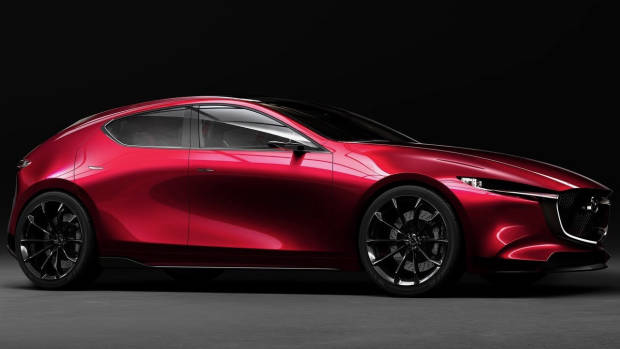
The Mazda Kai provides a clue as to what the next generation of Mazda 3 will look like. It takes the company’s famed Kodo design language and matures it, with less physical shapes and a heavier reliance on surfacing. The Mazda winged corporate grille is even deeper-set than ever before, and takes some clues from the RX-Vision show car from the Tokyo show of 2015.
The Mazda Kai’s headlights are very long and sleek, with an insert from the grille’s ‘wing’ continuing the length of the light – in the production model, this is likely to feature as an LED daytime running light. The same lengthy bonnet as current generation of Kodo designed Mazda products continues on the Kai, this time with less features and a flatter upper surface. The windowline of the Kai is dramatically different to the current Mazda 3, and suggests that the next generation hatchback and sedan models will look more different than they do currently – the current shape of Mazda 3 hatchback and sedan are the same until the C-pillar.
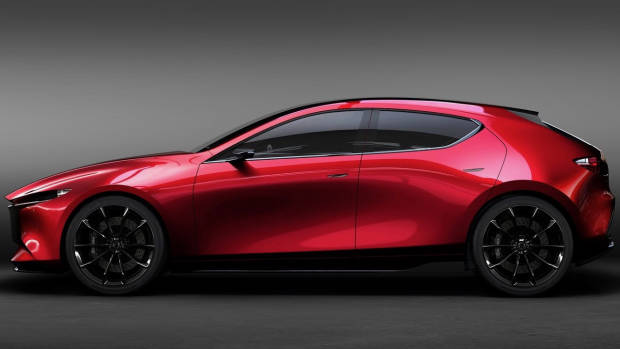
The rear of the Kai takes influence from cars such as the Mk1 SEAT Leon and Alfa Romeo Brera, with a broadly similar shape to the current generation of Mazda 3. Deeply-indented tailights with circular inserts add aggression to the rear, as does the lower rear diffuser, which features two large exhaust pipes on each side. The Kai also features huge 20-inch alloy wheels, something unlikely to feature on the production model.
Dimensionally, the Mazda Kai is similar to the current Mazda 3 – just shorter than the current car’s 4,470mm length. It is significantly shorter at 1,375mm (vs the current hatchback’s 1,465mm height), though only 60mm wider at 1,855mm. Of most interest is the added 50mm to the car’s wheelbase at 2,750mm – Mazda says this is to add cabin space (something that could be improved in the current car) and further improve the car’s handling. The car’s wheels-at-each-corner stance certainly appears to be sportier than the current Mazda 3.
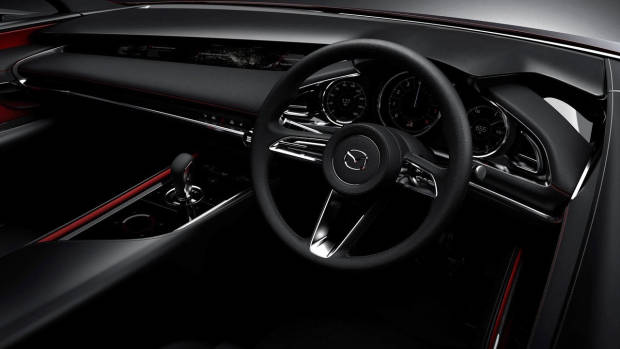
The interior of the Mazda Kai concept car is a dramatic departure from the current generation of Mazda models, with a sweeping dashboard covered in leather and different trims such as carbon fibre inserts, and satin chrome switchgear. The Kai also signifies the end of the Mazda current interior trend of infotainment screens that stick out of the dashboard – the Kai’s is fully inbuilt into the upper dashboard. Thankfully, it retains the current Mazda click wheel – something that is much more ergonomic than many rivals.
The Mazda Kai is also a four-seat car, a layout that won’t continue into production. The Kai’s dual-pane sunroof is also unlikely to continue either – a more traditional port hole will likely feature on higher-spec versions of the next Mazda 3. Like current generation Mazda cars, the quality appears to be strong, with black leather covering seemingly every surface of the car. Contrast red stitching and leather appears on the doors, and breaks the cabin up nicely, and overall its sporty dynamic follows nicely from current Mazda models.
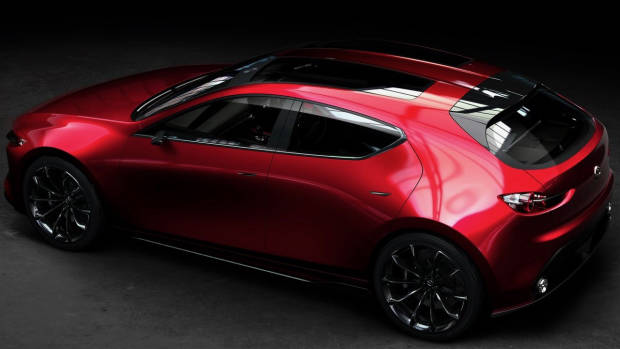
Mazda are known for making production models that closely resemble their concept car preview models, which bodes well for the next generation of Mazda 3. Worldwide media were treated to a preview of the next generation car, complete with the new SkyActiv-X platform and drivetrain, with very positive reviews resulting afterwards.
The first production SkyActiv-X engine is predicted to be a 2.0-litre unit with a small supercharger attached, producing around 135kW of power and 230Nm of torque – despite such high outputs, real world fuel consumption is claimed to be as low as the overseas diesel variant of the Mazda 2. We’ll have to wait until 2019 to find out.
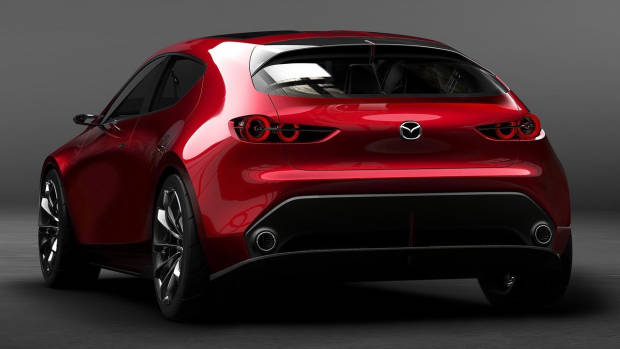
Stay tuned to Chasing Cars for news regarding the next generation of Mazda 3.
Latest news
About Chasing cars
Chasing Cars reviews are 100% independent.
Because we are powered by Budget Direct Insurance, we don’t receive advertising or sales revenue from car manufacturers.
We’re truly independent – giving you Australia’s best car reviews.